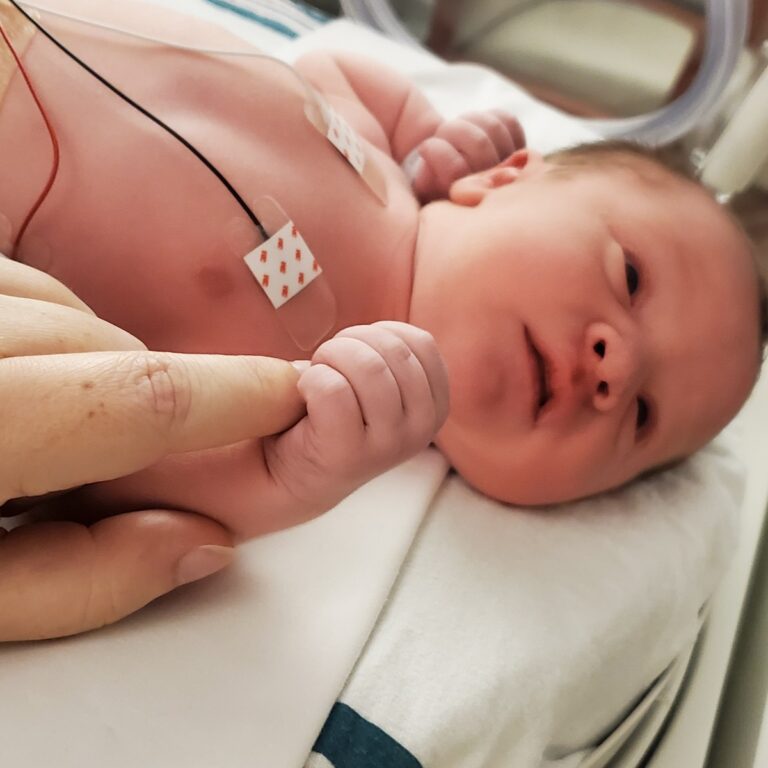Polycystic ovary syndrome (PCOS)
Polycystic ovary syndrome (PCOS) is caused by infrequent or absent ovulation — the body’s process of producing and releasing eggs from the ovary.
Essentially, people with PCOS have an inappropriate production of follicle-stimulating hormone (FSH) and luteinizing hormone (LH) that results in limited egg development and an increase in testosterone and other typically male hormones (androgens). People with PCOS also have abnormal insulin metabolism, which worsens with anovulation (no ovulation), increases androgens, and leads to obesity.
Schedule an AppointmentWhat is PCOS?
PCOS stands for Polycystic Ovary Syndrome. It is a hormonal disorder that results in small cysts growing on the ovaries. These cysts may disrupt the function of the ovaries, resulting in symptoms such as:
- Irregular menstrual periods
- Irregular ovulation
- Heightened levels of male hormones, which result in excess facial and body hair and/or acne
What causes PCOS?
The cause of PCOS is not completely understood. It is clear that there is a genetic basis to the condition, as a person is more likely to develop the condition if their immediate family member has it. It is also known that disrupted signaling from the brain to the ovary affects ovarian hormone production, which further exacerbates, or worsens, the condition.
Symptoms of PCOS
The hormonal imbalances experienced by people with PCOS can cause the following symptoms:
- Irregular menstrual cycles, specifically those that are 3 to 5 days shorter or longer than a typical cycle (a normal cycle ranges between 21 and 35 days).
- Heavy or absent periods — some women with PCOS only menstruate one to two times a year.
- Acne.
- Excess facial and body hair.
How PCOS affects fertility
PCOS is a leading cause of female infertility, yet many women with the condition go on to conceive and have healthy pregnancies. The impact of PCOS on fertility can include:
- Irregular or absent ovulation.
- Hormonal imbalances affecting egg development.
- Difficulty with implantation or early pregnancy loss.
Unlike other fertility concerns, women with PCOS often benefit from early evaluation and management. Consulting a fertility specialist can provide personalized treatment options to support your reproductive goals.
Diagnosing PCOS
Your medical history and a pelvic exam are necessary for diagnosing PCOS. However, your physician may need other tests to confirm the diagnosis such as:
- Blood hormone levels: Blood tests that reveal the levels of certain hormones in your blood, such as FSH, LH, estrogen (estradiol), and androgens.
- Ultrasound: A scan that uses high-frequency sound waves to identify cysts in the ovaries.
- Endometrial biopsy: A procedure in which your physician obtains a sample of your endometrial tissue to help explain why your periods are irregular.
Fertility treatment options for PCOS
Your treatment will depend on your specific needs. Obesity may make the condition worse, so losing weight may help improve the hormonal imbalance. If your goal is to become pregnant, then your doctor may prescribe a medication to stimulate ovulation. Common fertility treatments include oral medications to help with ovulation such as clomiphene citrate (Clomid, Serophene) and letrozole. Your doctor may prescribe a second oral medicine, such as metformin, a diabetes drug, which can help make the body more sensitive to insulin and lead to more regular ovulation.
Historically, Clomid has been the first line of treatment for PCOS. However, letrozole use has been increasing due to a possible increase in pregnancy rates. It’s important to note that if you haven’t conceived after three to four cycles of Clomid, you should consider a different course of treatment, such as intrauterine insemination (IUI) or in vitro fertilization (IVF).
Take control of your fertility journey
PCOS doesn’t have to stand in the way of your dreams of parenthood. At RSC, we’re committed to helping you understand your condition, explore your options, and take confident steps forward.





